

Selma

Selma, Alabama
Selma is a city in and the county
seat of Dallas County, Alabama, United States, located on the banks of the
Alabama River. The population was 20,512 at the 2000 census. The city is best
known for the 1965 Selma Voting Rights Movement and its Selma to Montgomery
marches, three civil rights marches that began in the city.
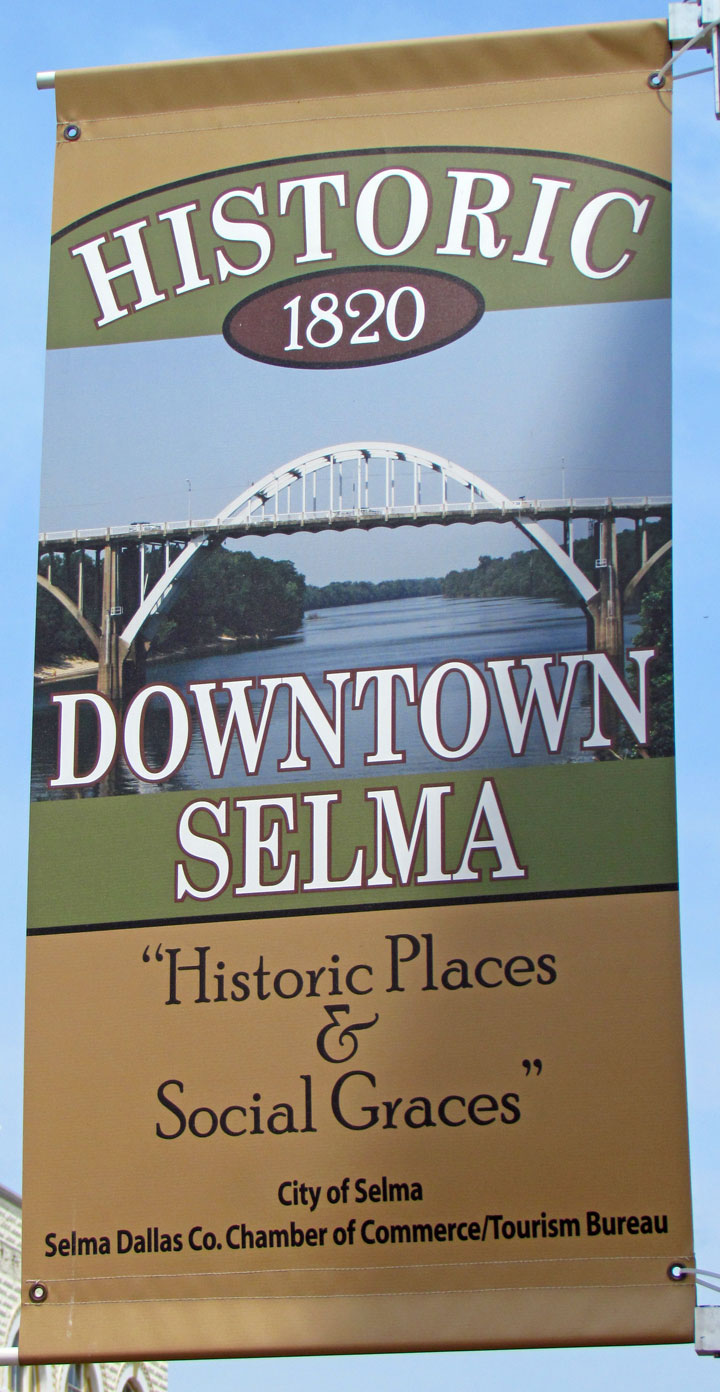
Prior to settlement by European peoples, the area of present-day Selma was
occupied by the Native American people known as the Muscogee (also known as the
Creek).
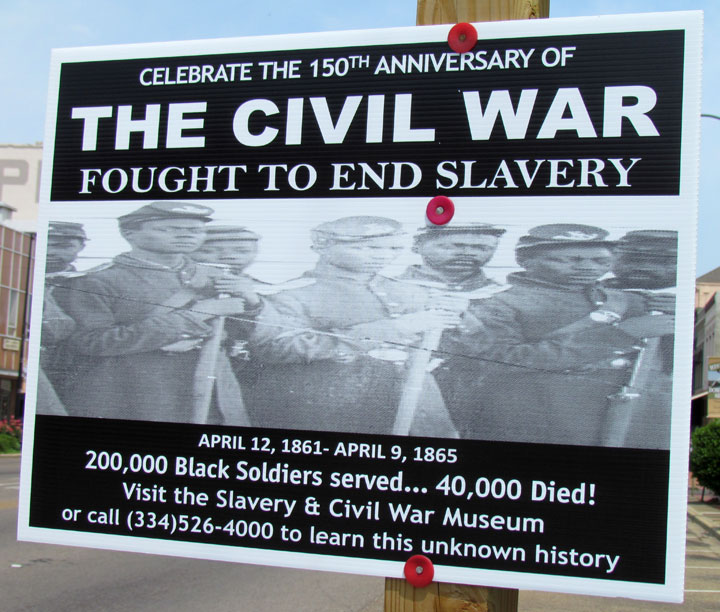
Benjamin Hawkins, seen on his plantation in this 1805 painting, teaches Creeks to use European technology.
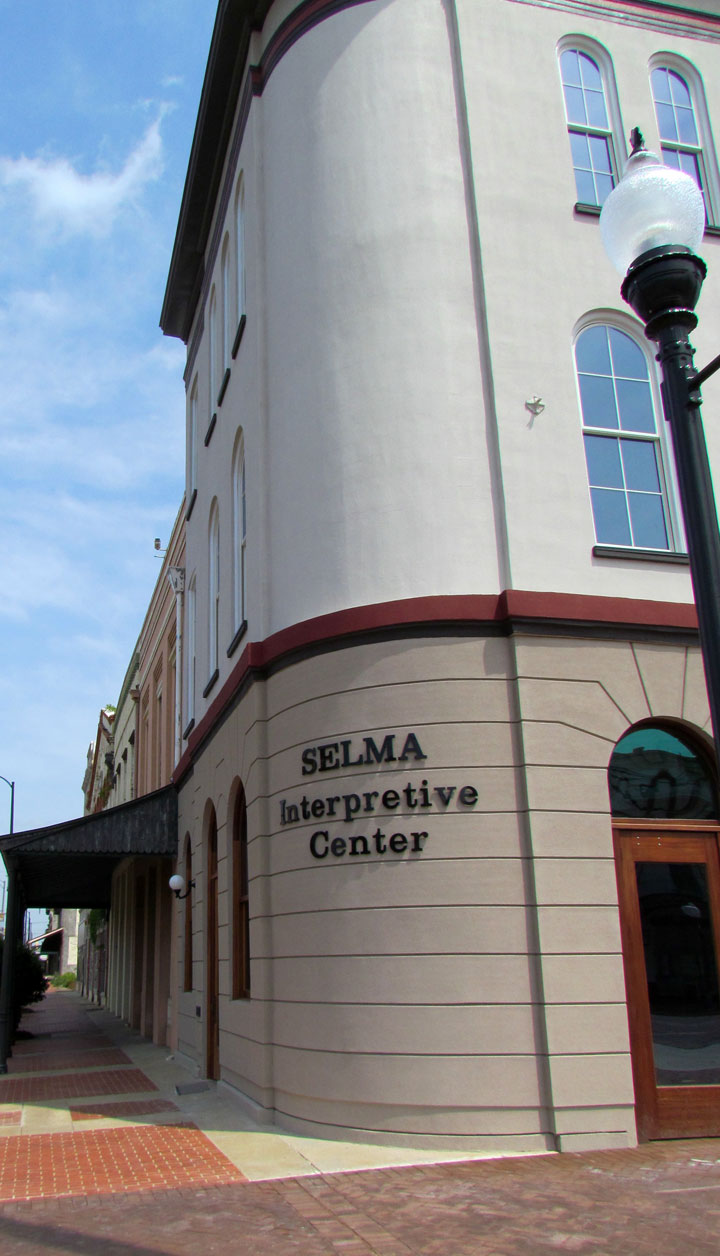
The site of present-day Selma was officially recorded in 1732 as Ecor Bienville,
then later as the Moore's Bluff settlement. In 1820, Selma (meaning "high seat"
or "throne") was incorporated. It was planned and named by future Vice President
of the United States William R. King.

Selma became the seat of Dallas County in 1866.
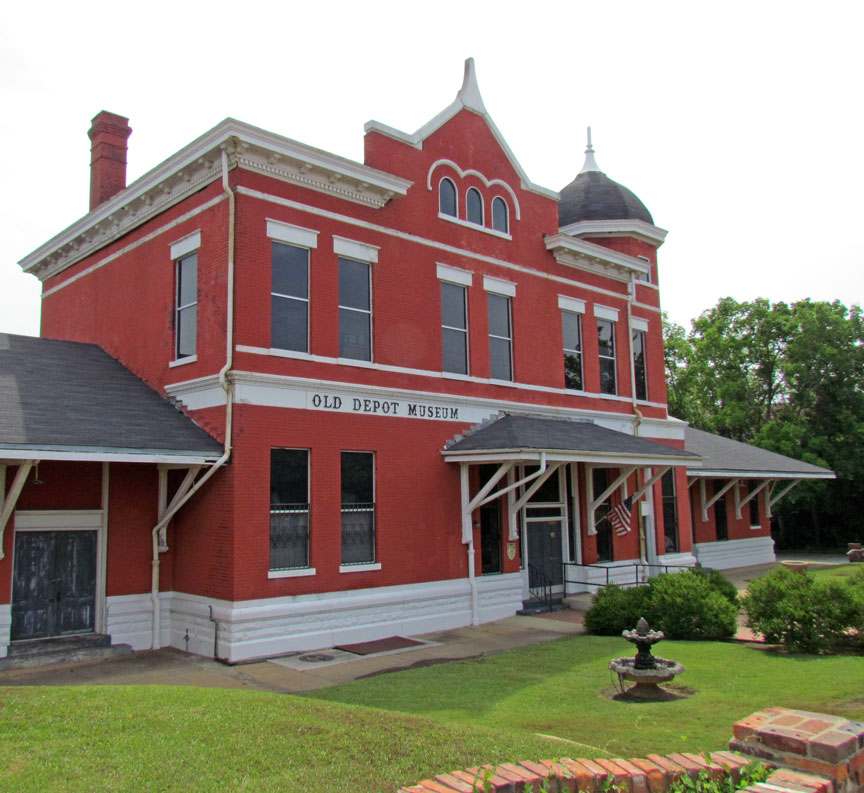
Old Depot Museum

During the Civil War, Selma was one of the South's main military manufacturing
centers, producing tons of supplies and munitions, and turning out Confederate
warships such as the Ironclad warship Tennessee. The Selma iron works and
foundry was considered the second most important source of weaponry for the
South, after the Tredegar Iron Works in Richmond, Virginia. This strategic
concentration of manufacturing capabilities eventually made Selma a target of
Union raids into Alabama late in the Civil War.
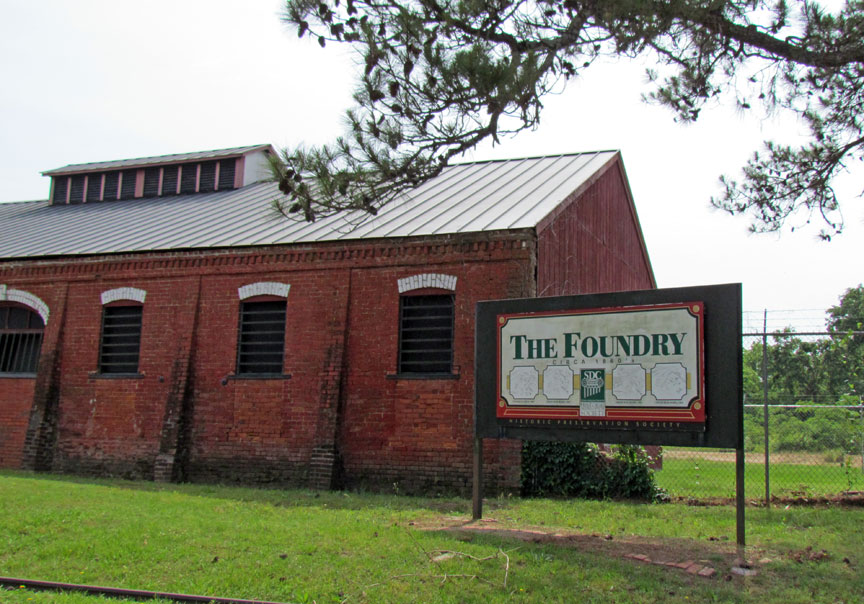
The capacities and importance of Selma to the Confederate movement had been
notorious in the North, and were too great to be overlooked by the Federal
authorities. As the town grew in importance, the necessity to capture it with a
Federal force increased. Gen. William Tecumseh Sherman first made an effort to
reach it, but after advancing as far as Meridian, within 107 miles (172 km) of
Selma, his forces retreated to the Mississippi River; Gen. Benjamin Grierson,
with a cavalry force from Memphis, was intercepted and returned; Gen. Rousseau
made a dash in the direction of Selma, but was misled by his guides and struck
the railroad forty miles east of Montgomery.
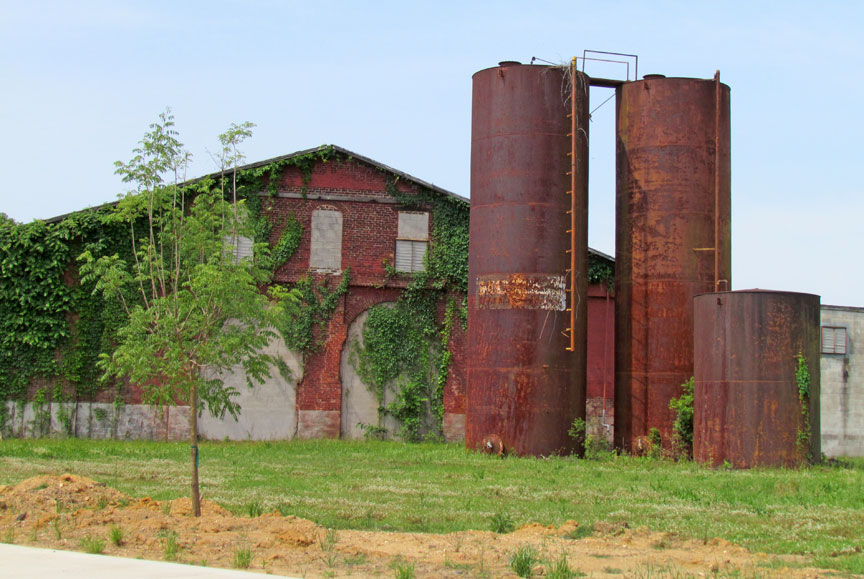
On March 30, 1865, Wilson detached Gen. John T. Croxton's Brigade to destroy all
Confederate property at Tuscaloosa, Alabama. After capturing a Confederate
courier who carried dispatches from Confederate General Nathan Bedford Forrest
describing the strengths and dispositions of his scattered forces, Wilson also
sent a brigade to destroy the bridge across the Cahaba River at Centreville.
This action effectively cut off most of Forrest's reinforcements. Then began a
running fight that did not end until after the fall of Selma.
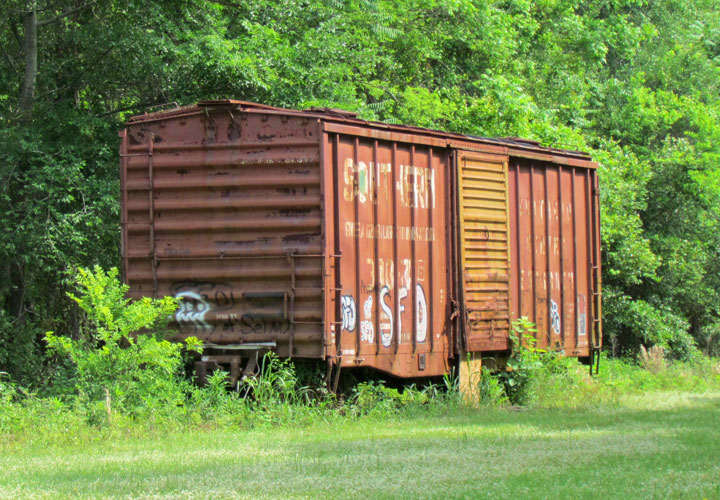
On the afternoon of April 1, after skirmishing all morning, Wilson's advanced
guard ran into Forrest's line of battle at Ebenezer Church, where the Randolph
Road intersected the main Selma road. Here Forrest had hoped to bring his entire
force to bear on Wilson. However delays caused by flooding plus earlier contact
with the enemy enabled Forrest to muster less than 2,000 men, a large number of
whom were not veterans but militia consisting of old men and young boys.
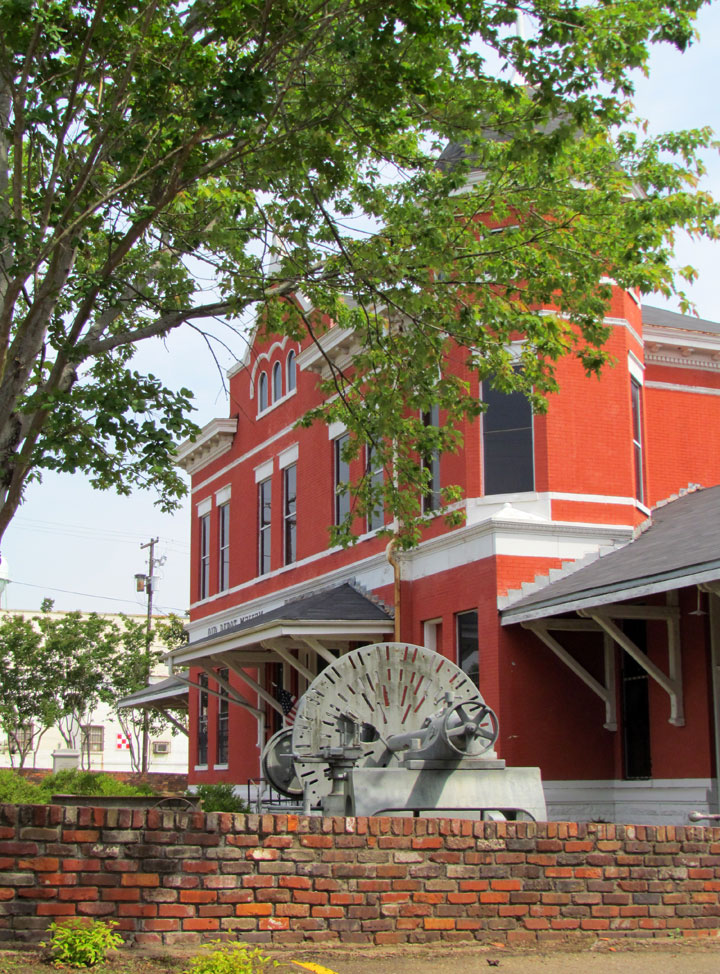
The outnumbered and outgunned Confederates fought bravely for more than an hour
as more Union cavalry and artillery deployed on the field. Forrest himself was
wounded by a saber-wielding Union Captain whom he killed with his revolver.
Finally, a Union cavalry charge with carbines blazing broke the Confederate
militia causing Forrest to be flanked on his right. He was forced to retreat
under severe pressure.
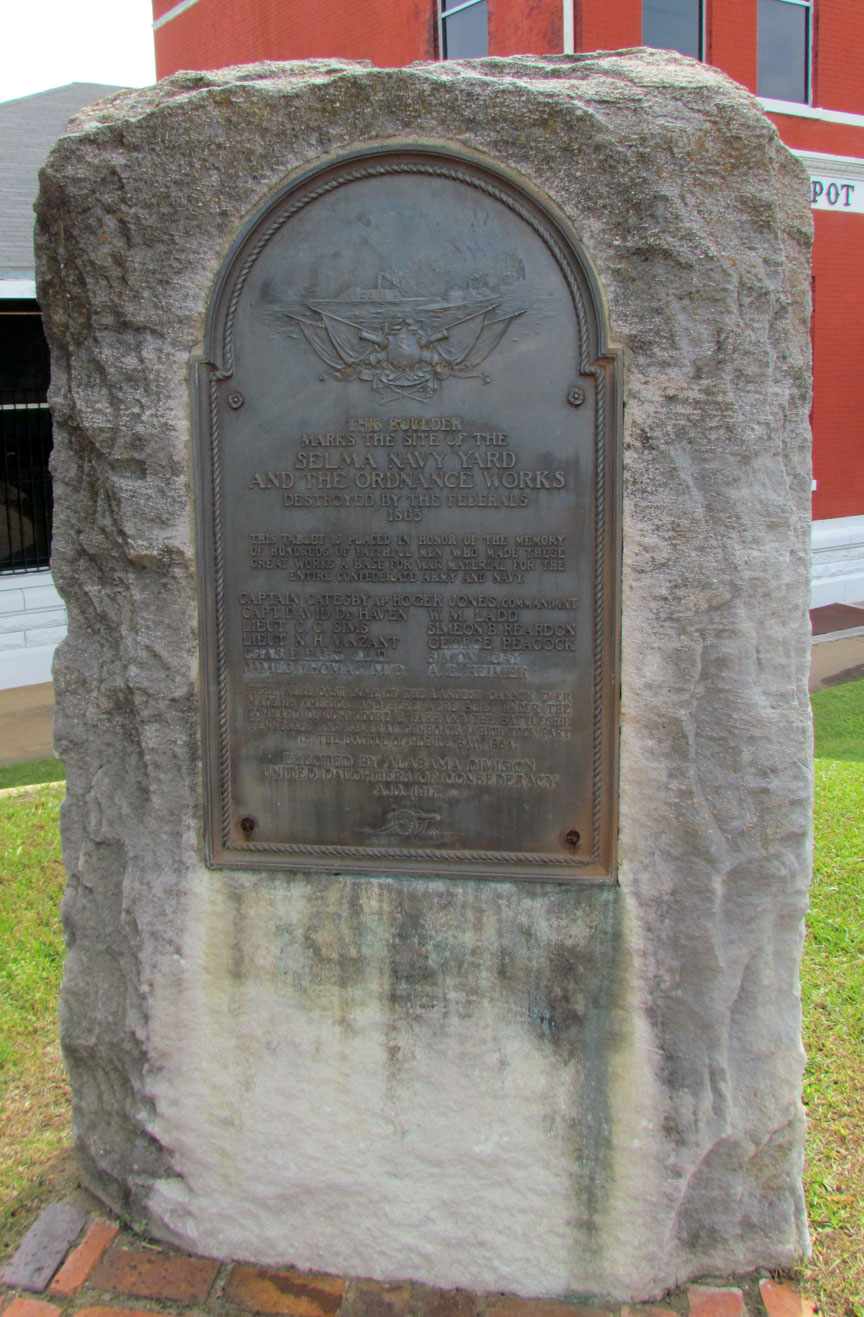
Selma Navy Yard
Early the next morning Forrest arrived at Selma, "horse and rider covered in blood." He advised Gen. Richard Taylor, departmental commander, to leave the city. Taylor did so after giving Forrest command of the defense.
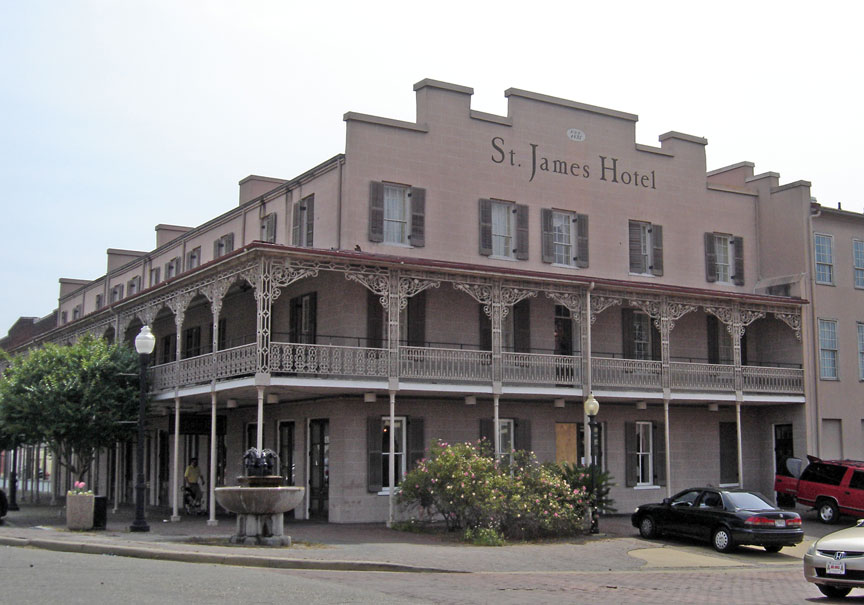
Selma was protected by three miles of fortifications which ran in a semicircle
around the city. They were anchored on the north and south by the Alabama River.
The works had been built two years earlier, and while neglected for the most
part since, were still formidable. They were 8 feet (2.4 m) to 12 feet (3.7 m)
high, 15 feet (4.6 m) thick at the base, with a ditch 4 feet (1.2 m) wide and 5
feet (1.5 m) deep along the front. In front of this was a picket fence of heavy
posts planted in the ground, 5 feet (1.5 m) high, and sharpened at the top. At
prominent positions, earthen forts were built with artillery in position to
cover the ground over which an assault would have to be made.
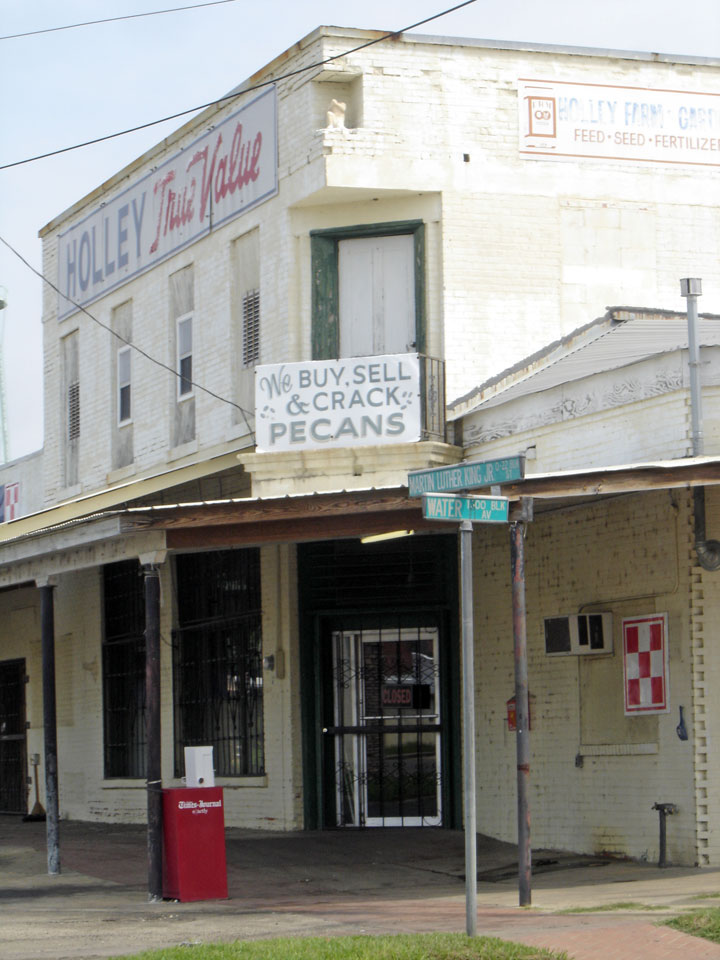
Forrest's defenders consisted of his Tennessee escort company, McCullough's
Missouri Regiment, Crossland's Kentucky Brigade, Roddey's Alabama Brigade, Frank
Armstrong's Mississippi Brigade, General Daniel W. Adams' state reserves, and
the citizens of Selma who were "volunteered" to man the works. Altogether this
force numbered less than 4,000, only half of who were dependable. The Selma
fortifications were built to be defended by 20,000 men. Forrest's soldiers had
to stand 10 to 12 feet (3.7 m) apart in the works.
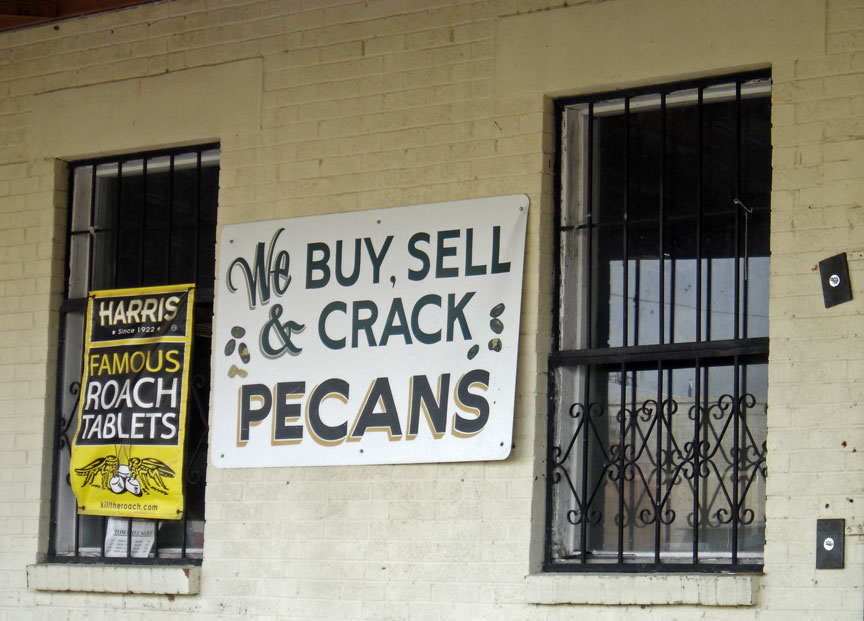
Wilson's force arrived in front of the Selma fortifications at 2 p.m. He had
placed Gen. Eli Long's Division across the Summerfield Road with the Chicago
Board of Trade Battery in support. He had Gen. Emory Upton's Division placed
across the Range Line Road with Battery I, 4th US Artillery in support.
Altogether Wilson had 9,000 troops available for the assault.

The Federal commander's plan was for Upton to send in a 300 man detachment after
dark to cross the swamp on the Confederate right; enter the works, and begin a
flanking movement toward the center moving along the line of fortifications.
Then a single gun from Upton's artillery would signal the attack by the entire
Federal Corps.
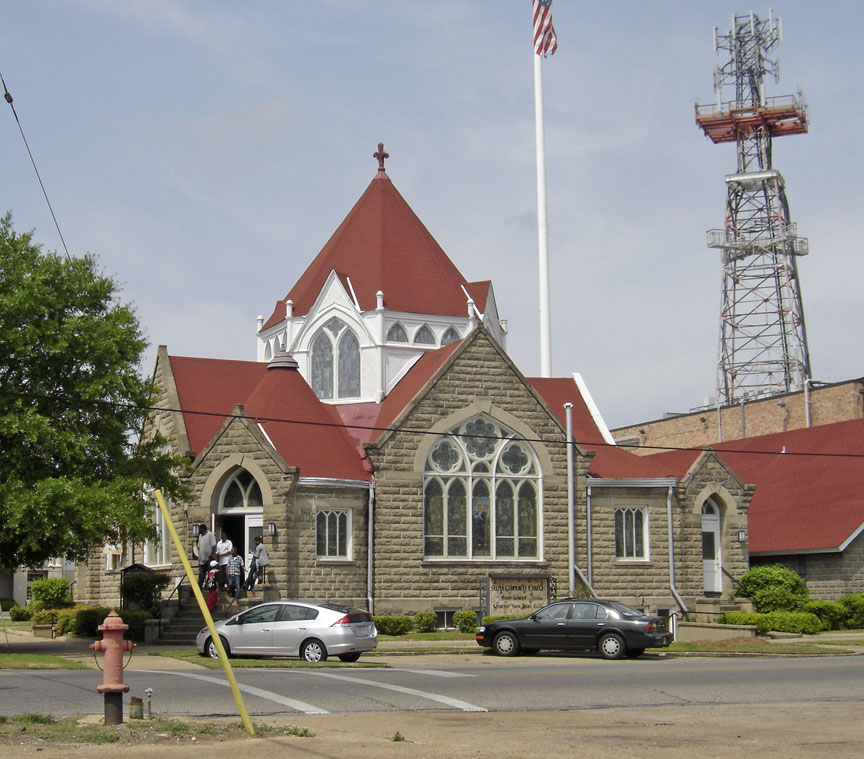
At 5 p.m., however, Gen. Armistead Long's ammunition train in the rear was
attacked by advance elements of Forrest's scattered forces coming toward Selma.
Both Long and Upton had positioned significant numbers of troops in their rear
for just such an event. However, Long decided to commence his assault against
the Selma fortifications to neutralize the enemy attack in his rear.
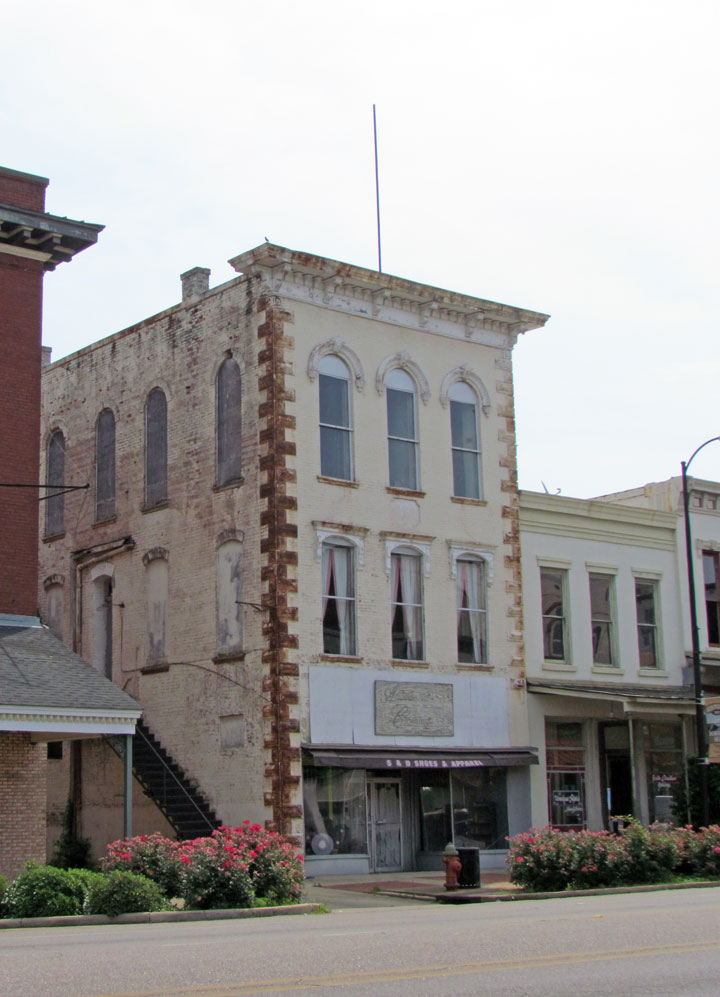
Long's troops attacked in a single rank in three main lines, dismounted with
Spencers carbines blazing, supported by their own artillery fire. The
Confederates replied with heavy small arms and artillery fire of their own. The
Southern artillery, in one of the many ironies of the Civil War, only had solid
shot on hand, while just a short distance away was an arsenal which produced
tons of canister, a highly effective anti-personnel ammunition.

The Federals suffered many casualties (including General Long himself) but not enough to break up the attack. Once the Union Army reached the works, there was vicious hand-to-hand fighting. Many soldiers were struck down with clubbed muskets. But they kept pouring into the works. In less than 30 minutes, Long's men had captured the works protecting the Summerfield Road.
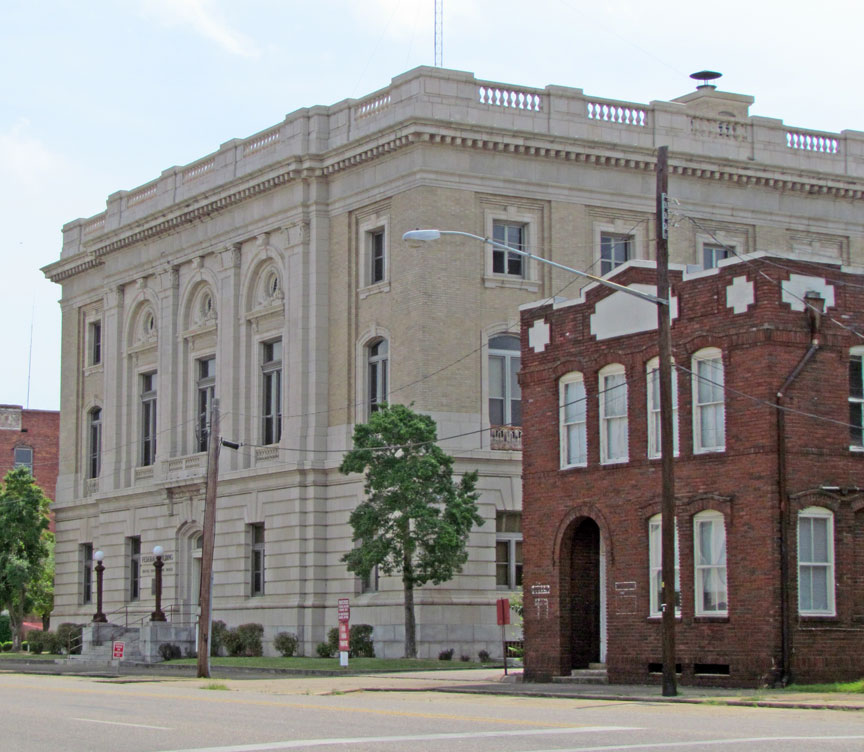
Meanwhile, General Upton, observing Long's success, ordered his division
forward. The story was much the same for his men as on Long's front. Soon, U.S.
flags could be seen waving over the works from Range Line Road to Summerfield
Road.
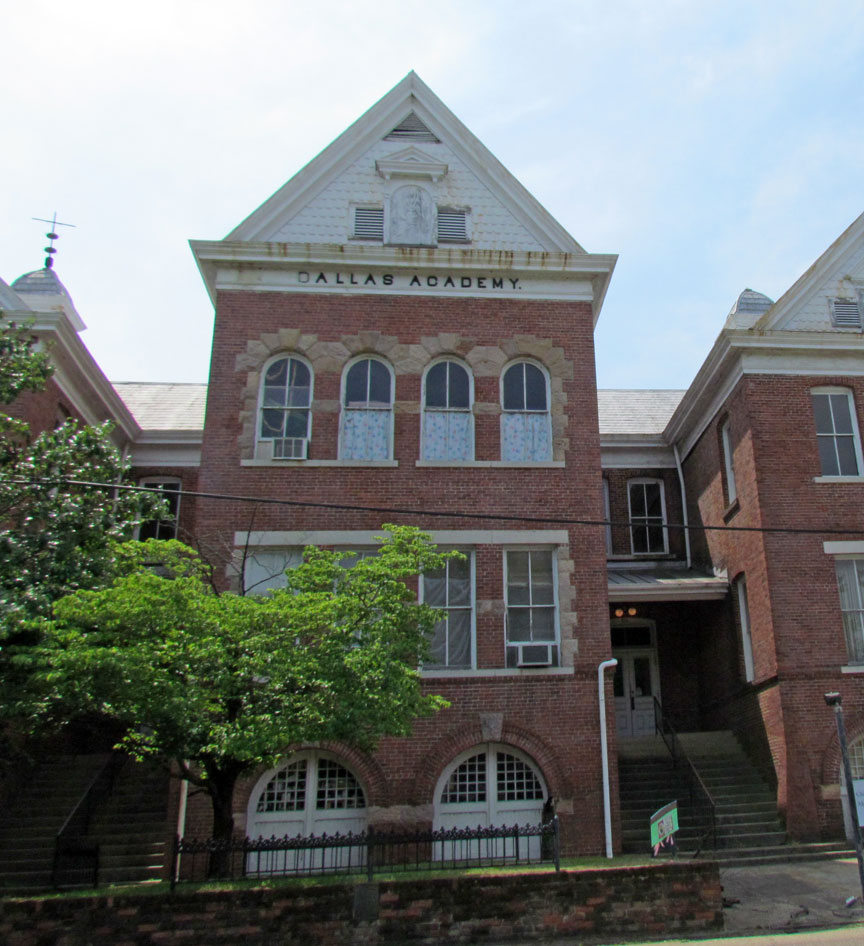
Dallas Academy
After the outer works fell, General Wilson himself led the 4th U.S. Cavalry
Regiment in a mounted charge down the Range Line Road toward the unfinished
inner line of works. The retreating Confederate forces, upon reaching the inner
works, all allied and poured a devastating fire into the charging column. This
broke up the charge and sent General Wilson sprawling to the ground when his
favorite horse was wounded. He quickly remounted his stricken mount and ordered
a dismounted assault by several regiments.

Mixed units of Confederate troops had also occupied the Selma railroad depot and
the adjoining banks of the railroad bed to make a stand next to the
Plantersville Road (present day Broad Street). The fighting there was heavy, but
by 7 p.m. the superior numbers of Union troops had managed to flank the Southern
positions causing them to abandon the depot as well as the inner line of works.
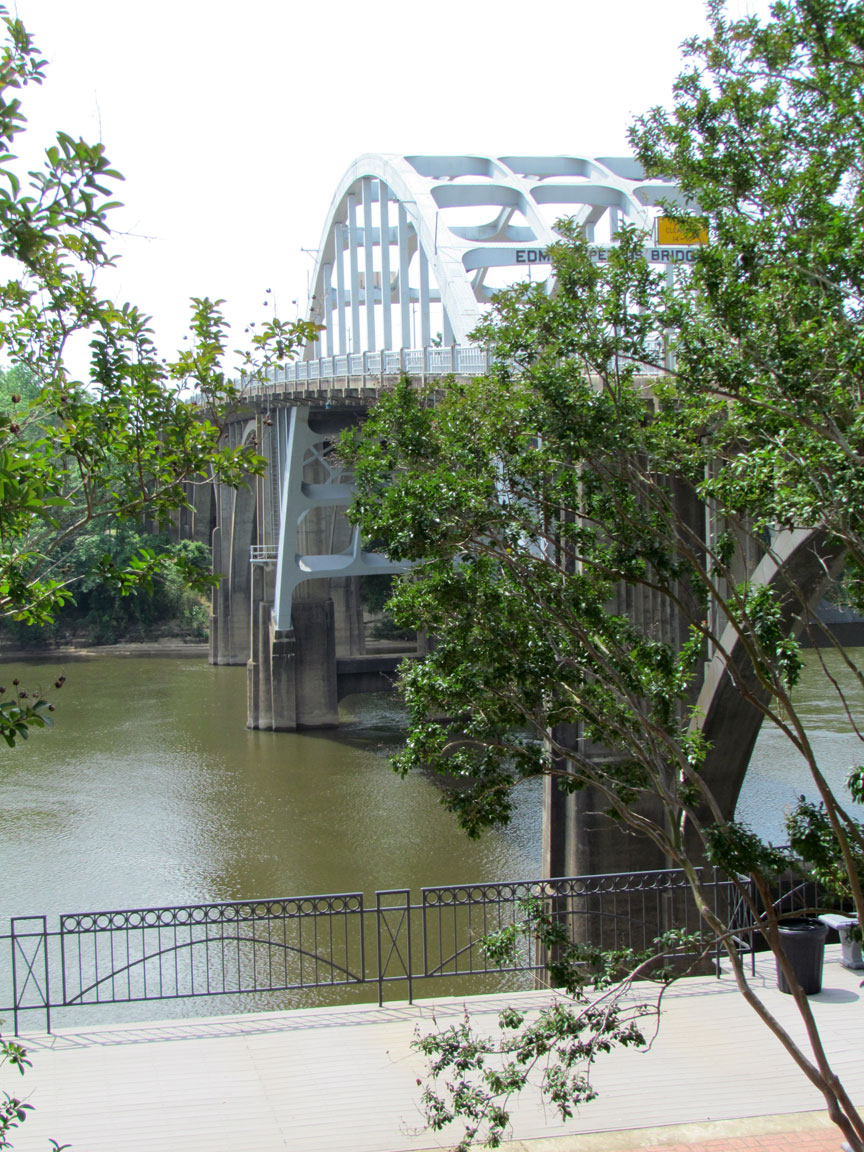
In the darkness, the Federals rounded up hundreds of prisoners, but hundreds
more escaped down the Burnsville Road, including Generals Forrest, Armstrong,
and Roddey. To the west, many Confederate soldiers fought the pursuing Union
Army all the way down to the eastern side of Valley Creek. They escaped in the
darkness by swimming across the Alabama River near the mouth of Valley Creek
(where the present day Battle of Selma Reenactment is held.)
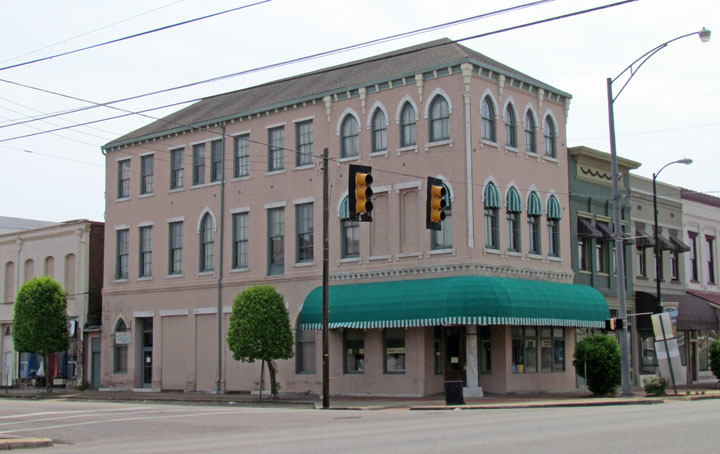
The Union troops looted the city that night while many businesses and private
residences were burned. They spent the next week destroying the arsenal and
naval foundry. Then they left Selma heading to Montgomery and then Columbus and
Macon, Georgia, and the end of the war.
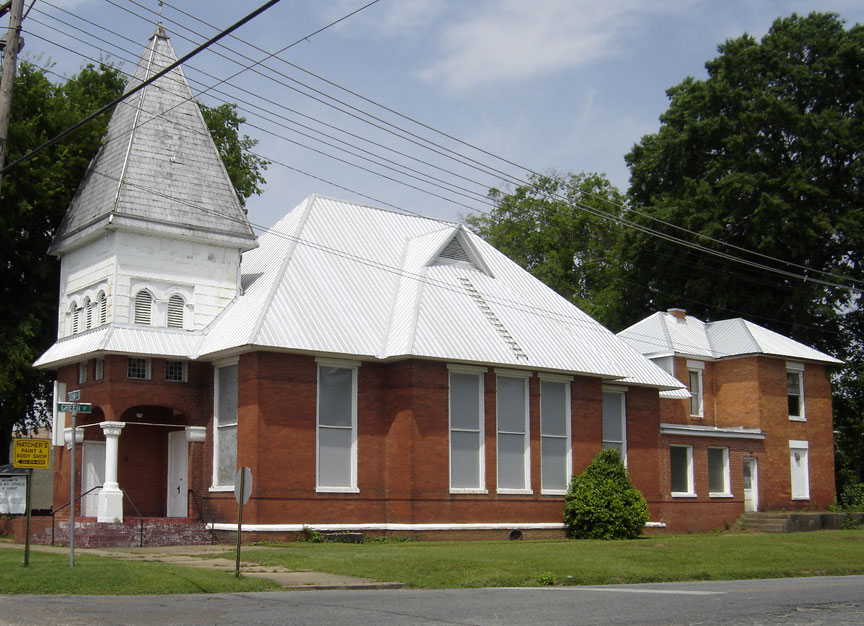
Before the Freedom Movement, all public facilities were strictly segregated.
Blacks who attempted to eat at "white-only" lunch counters or sit in the
downstairs "white" section of the movie theater were beaten and arrested. More
than half of the city's residents were black, but only one percent were
registered to vote.[4] Blacks were prevented from registering to vote by
economic retaliation organized by the White Citizens' Council, Ku Klux Klan
violence, police repression, and the literacy test. To discourage voter
registration, the registration board only opened doors for registration two days
a month, arrived late, and took long lunches.
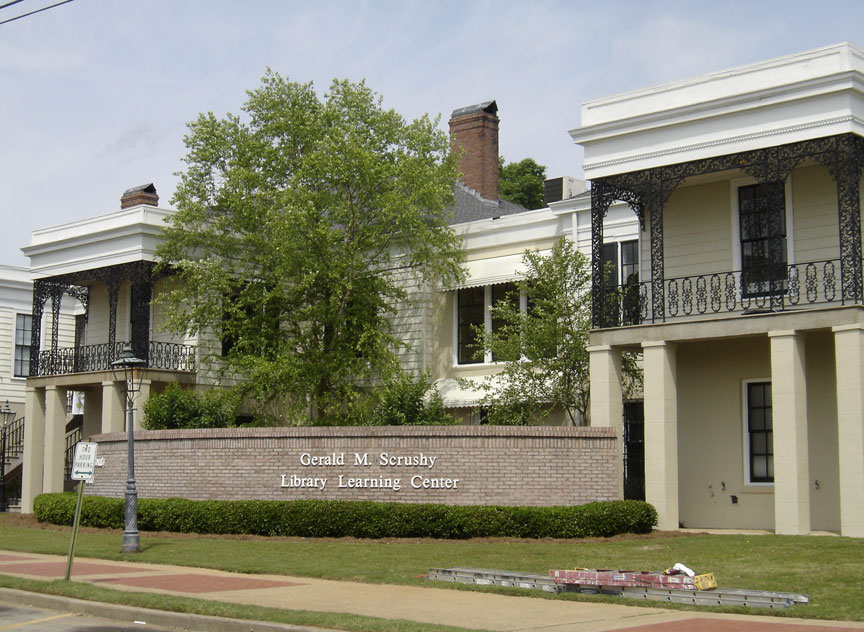
Library Learning Center
In early 1963, Bernard Lafayette and Colia Lafayette of the Student Nonviolent Coordinating Committee (SNCC) began organizing in Selma alongside local civil rights leaders Sam, Amelia, and Bruce Boynton, Rev. L.L. Anderson of Tabernacle Baptist Church, J.L. Chestnut (Selma's first Black attorney), SCLC Citizenship School teacher Marie Foster, public school teacher Marie Moore, and others active with the Dallas County Voters League (DCVL).
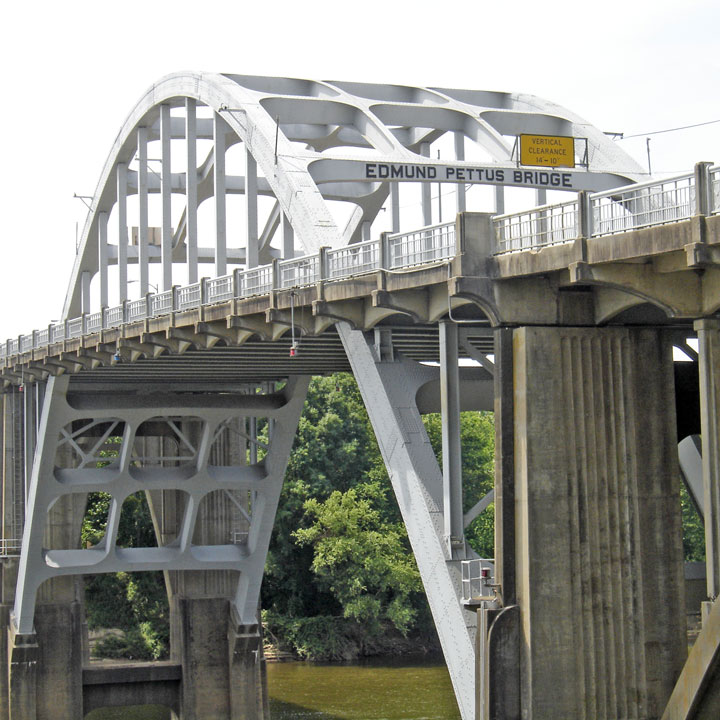
Brown Chapel A.M.E. Church in Selma. A starting point for the Selma to
Montgomery Civil Rights marches of 1965, it is now a National Historic Landmark.
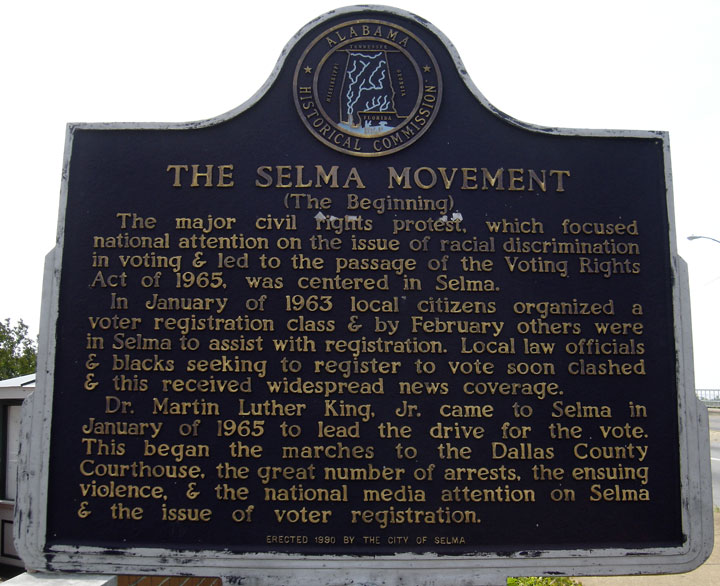
Against fierce opposition from Dallas County Sheriff Jim Clark and his volunteer
posse, voter registration and desegregation efforts continued and expanded
during 1963 and the first part of 1964. Defying intimidation, economic
retaliation, arrests, firings, and beatings, an ever increasing number of Dallas
County blacks attempted to register to vote, but few were able to do so. In the
summer of 1964, a sweeping injunction issued by local Judge James Hare barred
any gathering of three or more people under sponsorship of SNCC, SCLC, or DCVL,
or with the involvement of 41 named civil rights leaders. This injunction
temporarily halted civil rights activity until Dr. King defied it by speaking at
Brown Chapel on January 2, 1965.
Photos of Voting Rights Information and Murals
Commencing in January 1965, SCLC and SNCC initiated a revived Voting Rights
Campaign designed to focus national attention on the systematic denial of black
voting rights in Alabama, and particularly Selma. After numerous attempts by
blacks to register, over 3,000 arrests, police violence, and economic
retaliation, the campaign culminated in the Selma to Montgomery
marches--initiated and organized by SCLC's Director of Direct Action, James
Bevel--which represented the political and emotional peak of the modern civil
rights movement.
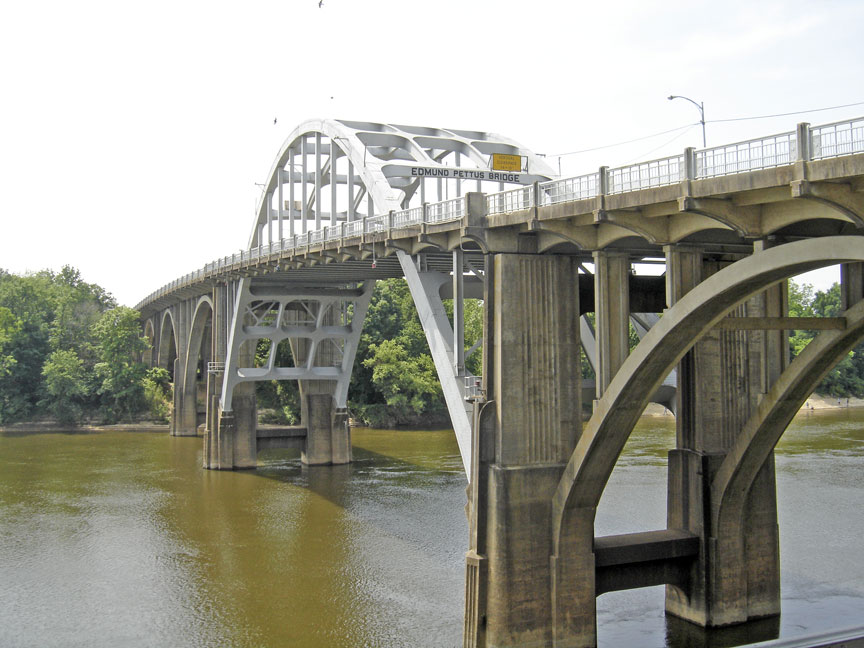
On March 7, 1965, known as "Bloody Sunday", approximately 600 civil rights
marchers departed Selma on U.S. Highway 80, heading east. They reached the
Edmund Pettus Bridge, only six blocks away, before being met by state troopers
and local sheriff's deputies, who attacked them, using tear gas and billy clubs,
and drove them back to Selma.
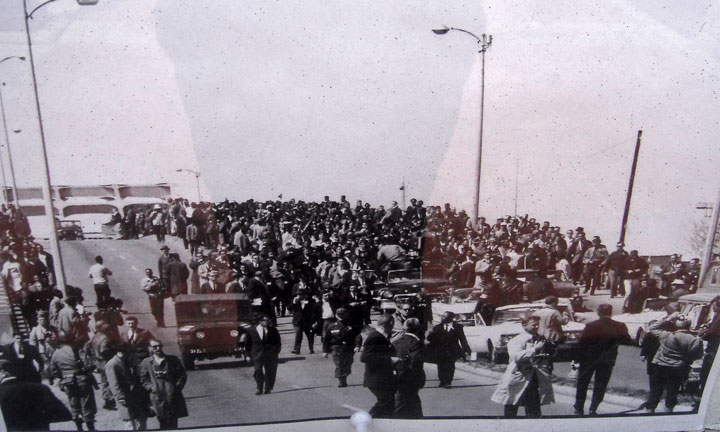
Two days after the march, on March 9, 1965, Martin Luther King, Jr. led a
"symbolic" march to the bridge. He and other civil rights leaders attempted to
get court protection of a third, larger-scale march from Selma to Montgomery,
the site of the state capital. Frank Minis Johnson, Jr., the Federal District
Court Judge for the area, decided in favor of the demonstrators, saying:
The law is clear that the right to petition one's government for the redress of
grievances may be exercised in large groups...and these rights may be exercised
by marching, even along public highways.
—Frank Johnson
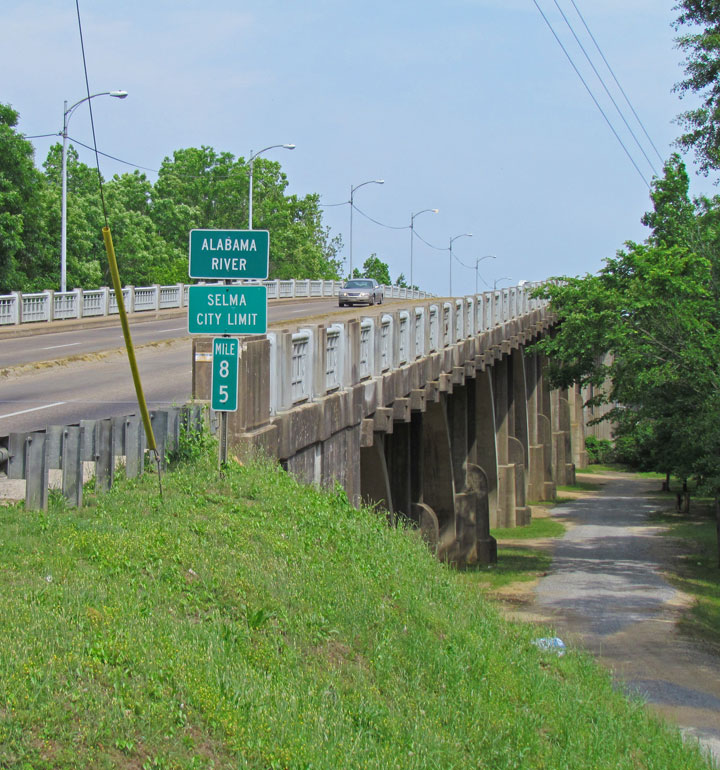
On March 21, 1965, a Sunday, approximately 3,200 marchers departed for
Montgomery. They walked 12 miles per day, and slept in nearby fields. By the
time they reached the capitol, four days later on March 25, their strength had
swelled to around 25,000 people.
Text from Wikipedia